The Secrets of the Ancient Egyptian Hieroglyphs
Have you ever wondered about the enigmatic symbols and intricate writing system of ancient Egypt? The hieroglyphs, with their mysterious allure, have fascinated scholars and enthusiasts for centuries. These ancient symbols hold the key to unlocking the secrets of one of the world's oldest civilizations, revealing insights into their communication, religion, and daily life.
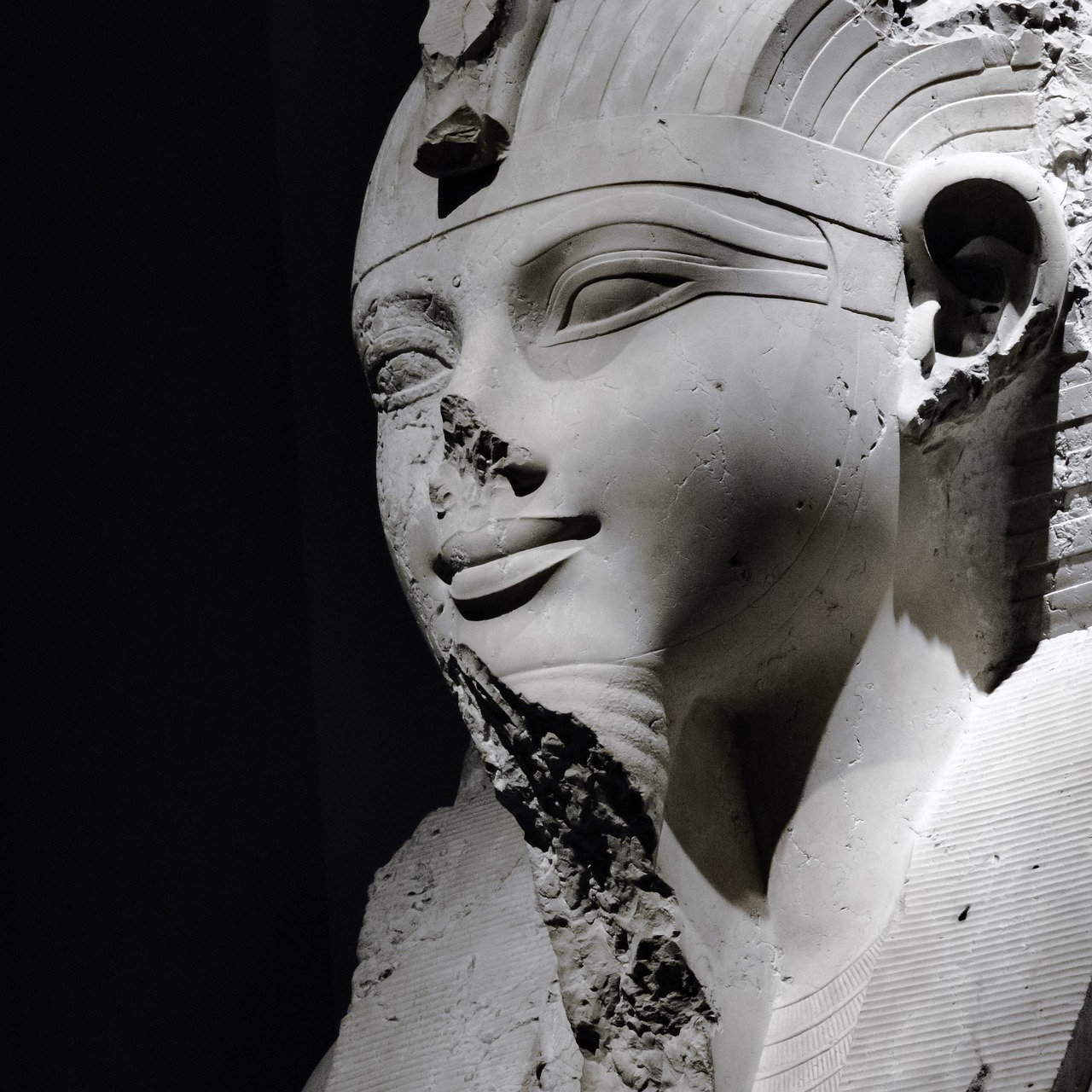
History of Hieroglyphs
Exploring the mysterious symbols and writing system of ancient Egypt, uncovering their meanings, significance, and the role they played in communication, religion, and daily life of the ancient Egyptians.
Tracing the origins of hieroglyphs in ancient Egypt, their evolution over time, and their significance as a form of communication and record-keeping in one of the world's oldest civilizations.
The history of hieroglyphs dates back to the early days of ancient Egypt, where these intricate symbols were used as a means of communication and recording important information. Imagine the ancient scribes carefully carving these symbols onto temple walls or papyrus scrolls, capturing the essence of a civilization that thrived along the Nile River.
Over centuries, hieroglyphs evolved from simple pictograms representing objects and animals to a sophisticated writing system encompassing phonetic and logographic elements. Each symbol held a story, a meaning that transcended time and spoke of a culture deeply rooted in tradition and symbolism.
Scholars and archaeologists have delved into the depths of history, piecing together the puzzle of hieroglyphs through meticulous study and analysis. From the Rosetta Stone to the groundbreaking work of Jean-François Champollion, the key to deciphering these ancient symbols has unlocked a treasure trove of knowledge about the ancient Egyptian civilization.
These hieroglyphs were more than just words on a page; they were a reflection of a society's beliefs, values, and daily life. From monumental inscriptions on pyramids to intimate tombs of pharaohs, hieroglyphs told stories of gods, kings, and the eternal quest for life after death.
As we unravel the history of hieroglyphs, we uncover not just a writing system but a window into the past, a glimpse of a civilization that flourished in the sands of time, leaving behind a legacy that continues to intrigue and inspire us today.
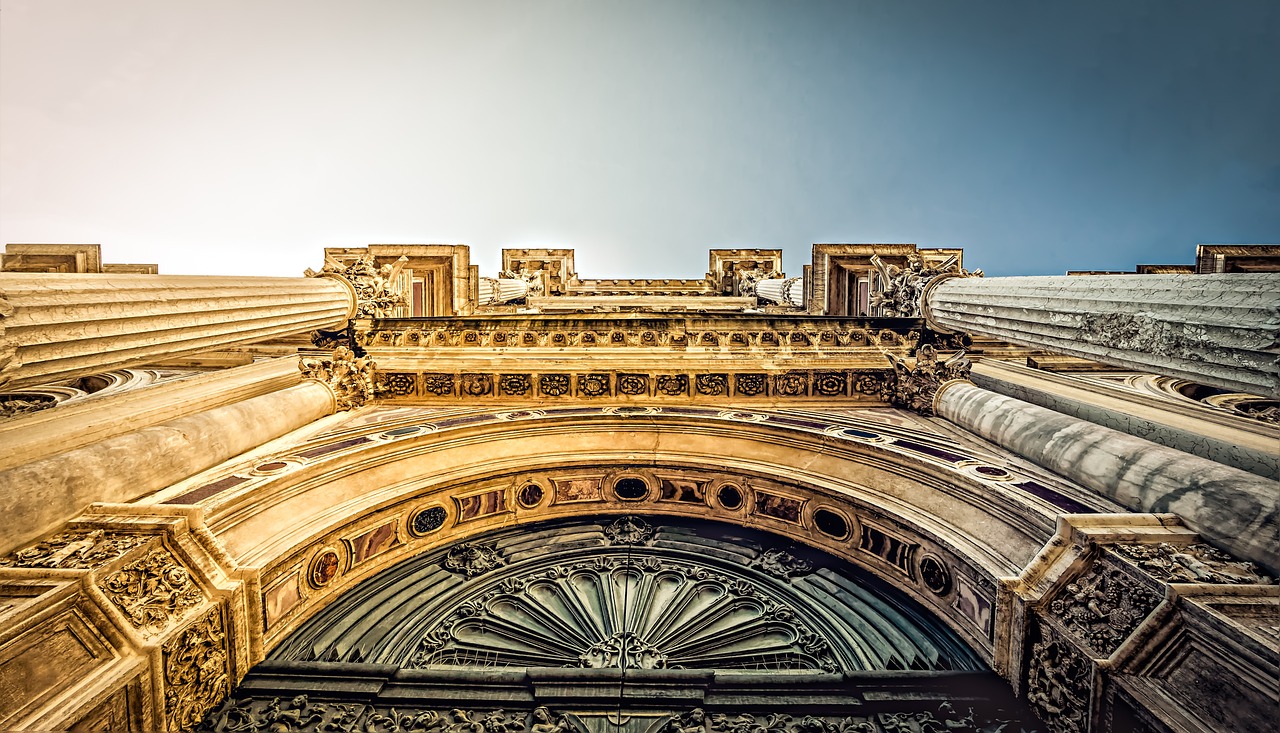
Deciphering Hieroglyphs
Deciphering hieroglyphs is akin to solving a complex puzzle that has captivated scholars and historians for centuries. Imagine unraveling the secrets of an ancient script that was once considered indecipherable, shrouded in mystery and intrigue. The journey of decoding hieroglyphs is a testament to human ingenuity and perseverance, with each breakthrough shedding light on the rich tapestry of ancient Egyptian culture and history.
One of the pivotal figures in the decipherment of hieroglyphs was Jean-François Champollion, whose meticulous study and keen intellect paved the way for unlocking the meanings behind these intricate symbols. Through his groundbreaking work, Champollion provided the key to understanding the phonetic and logographic elements of hieroglyphic writing, unraveling the complex web of symbols that had long baffled scholars.
Deciphering hieroglyphs also involves unraveling the structure and grammar of the ancient Egyptian writing system. From determinatives that clarify the meaning of words to the arrangement of symbols in texts and inscriptions, each aspect plays a crucial role in piecing together the puzzle of hieroglyphic communication. It is a process that requires patience, attention to detail, and a deep appreciation for the artistry and symbolism embedded in each glyph.

Symbols and Meanings
When delving into the realm of ancient Egyptian hieroglyphs, one cannot overlook the intricate symbols and their profound meanings. These symbols served as the building blocks of communication for the ancient Egyptians, encompassing a wide array of objects, animals, and abstract concepts. Each hieroglyph carried a unique significance, representing not only tangible elements of daily life but also profound ideas such as life, death, and eternity.
The hieroglyphic writing system was a complex structure that blended phonetic and logographic elements, allowing for a rich tapestry of expression. Additionally, determinatives played a crucial role in clarifying the meaning of words, providing context within texts and inscriptions. The arrangement of symbols within hieroglyphic texts followed specific rules, creating a visually striking and meaningful form of writing.
Exploring the symbols and meanings of hieroglyphs unveils a world where every stroke and curve held significance beyond mere representation. From the sacred scarab beetle symbolizing rebirth to the ankh symbol representing life and immortality, each hieroglyph carried layers of meaning that reflected the ancient Egyptian worldview and beliefs.
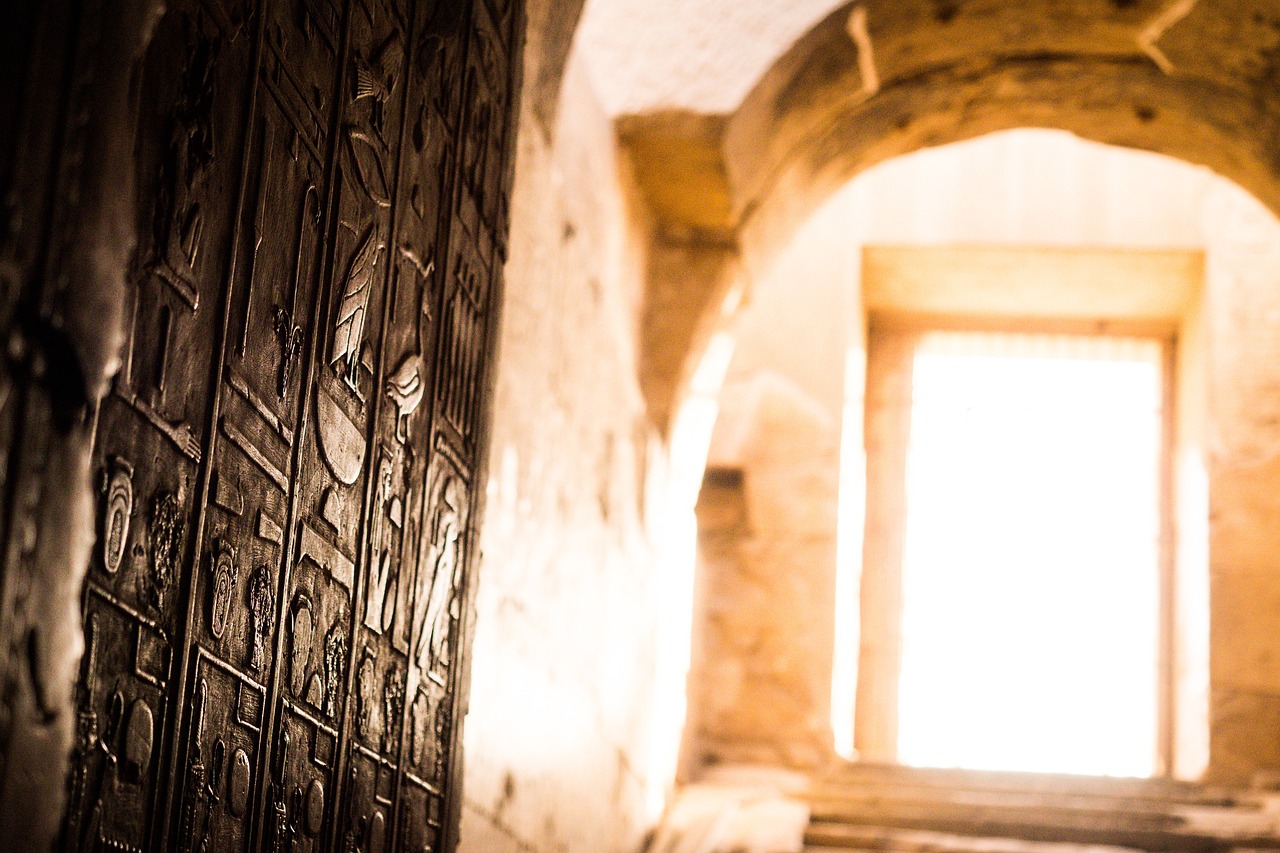
Writing System and Structure
The writing system of ancient Egyptian hieroglyphs is a fascinating and intricate structure that combines phonetic and logographic elements to convey meaning. Hieroglyphs were not only used for writing but also for decorative and monumental purposes, making them a versatile form of communication in ancient Egypt. The system included determinatives, which helped clarify the meaning of words, and the arrangement of symbols in texts and inscriptions followed specific rules to ensure clarity and coherence.

Religious Significance
The of hieroglyphs in ancient Egyptian culture was profound and multifaceted. These intricate symbols were not only a form of communication but also held deep spiritual meanings and were closely intertwined with the beliefs and practices of the ancient Egyptians. Hieroglyphs were considered sacred and were used extensively in religious contexts, including in religious texts, temple inscriptions, and funerary practices such as the renowned Book of the Dead.
Within the realm of ancient Egyptian religion, hieroglyphs played a crucial role in conveying the mythology, rituals, and beliefs of the civilization. They were believed to possess magical and protective powers, especially in the afterlife, where they were thought to guide and assist the deceased on their journey to the realm of the gods. The intricate nature of hieroglyphs reflected the complexity and depth of Egyptian religious thought, with each symbol carrying layers of meaning and significance.
Moreover, hieroglyphs were intricately linked to the cosmology and divine order of the ancient Egyptian worldview. The symbols were used to invoke the deities, depict religious ceremonies, and convey the eternal principles of creation and existence. The meticulous inscriptions found in temples and tombs served not only as records but also as ritualistic elements that connected the earthly realm with the divine realm.
The use of hieroglyphs in religious contexts extended beyond mere communication; it was a sacred art form that encapsulated the essence of Egyptian spirituality and belief systems. The intricate calligraphy and symbolic representations of hieroglyphs were considered a form of divine expression, embodying the essence of the gods and the eternal truths of the universe.
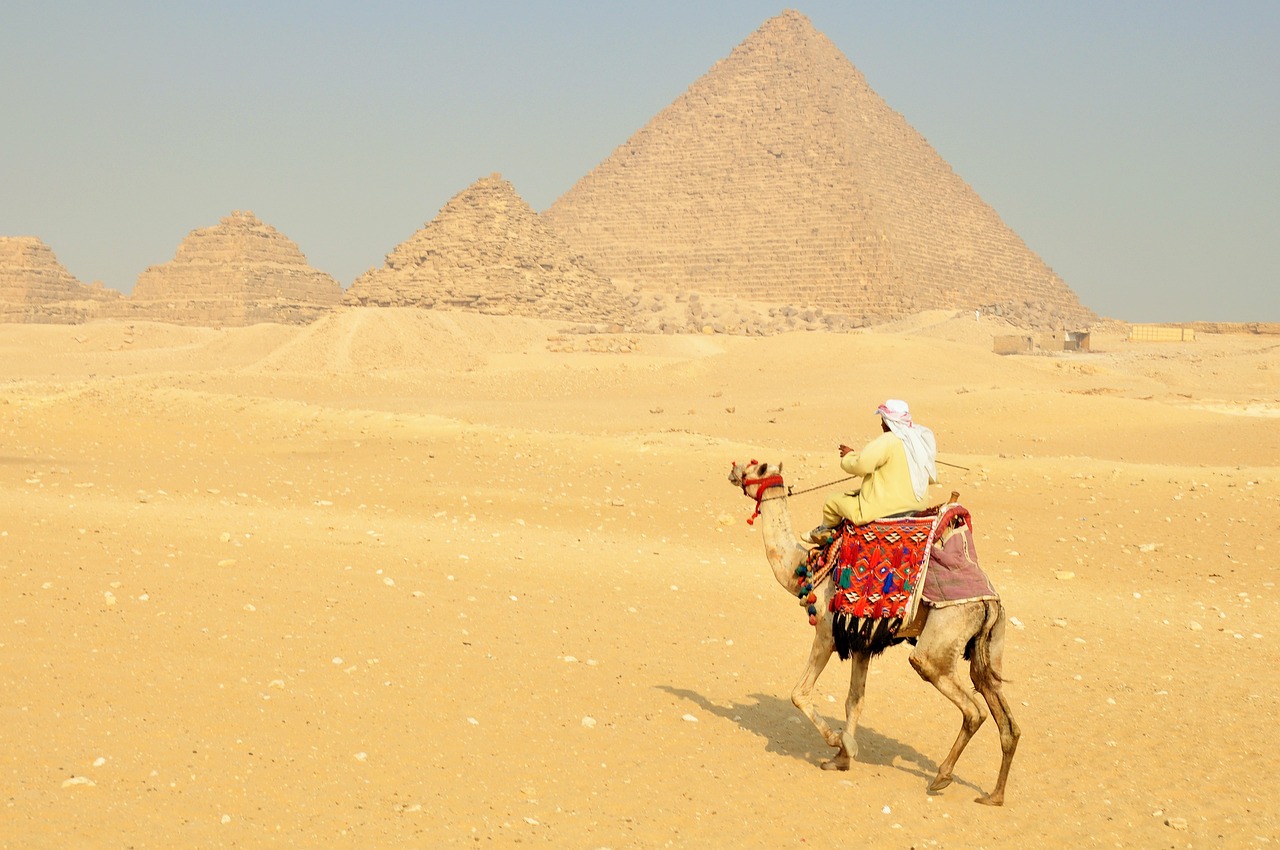
Rituals and Ceremonies
Rituals and ceremonies held a profound significance in ancient Egyptian culture, with hieroglyphs playing a central role in these sacred practices. The intricate symbols were believed to possess magical properties and were used in various religious rituals and ceremonies to ensure protection and guidance in the afterlife. Imagine the grandeur of a temple ceremony where priests adorned with elaborate robes and headdresses inscribed with hieroglyphs performed sacred rites, invoking the gods and honoring the deceased.
One of the most famous rituals involving hieroglyphs was the Opening of the Mouth ceremony, a crucial part of the funerary process. This ritual, depicted in hieroglyphic inscriptions, symbolized the restoration of the deceased's senses and abilities in the afterlife, ensuring their eternal well-being. The hieroglyphs used in this ceremony were carefully selected for their protective and transformative qualities, guiding the soul on its journey to the realm of the gods.
Furthermore, hieroglyphs were an integral part of offerings and sacrifices made to the gods during religious ceremonies. The symbols inscribed on papyrus scrolls, temple walls, and sacred objects conveyed prayers, blessings, and invocations to the divine beings worshipped by the ancient Egyptians. Each hieroglyph carried a specific meaning and power, believed to facilitate communication between the earthly and divine realms.
Moreover, hieroglyphs were prominently featured in the decoration of tombs and sarcophagi, serving as a visual language that conveyed the beliefs and aspirations of the deceased. The elaborate scenes and inscriptions depicted in hieroglyphs depicted the journey of the soul through the afterlife, the judgment of the heart, and the eternal life promised to the righteous. These rituals and ceremonies were not merely symbolic but were believed to have a tangible impact on the spiritual well-being of the deceased.
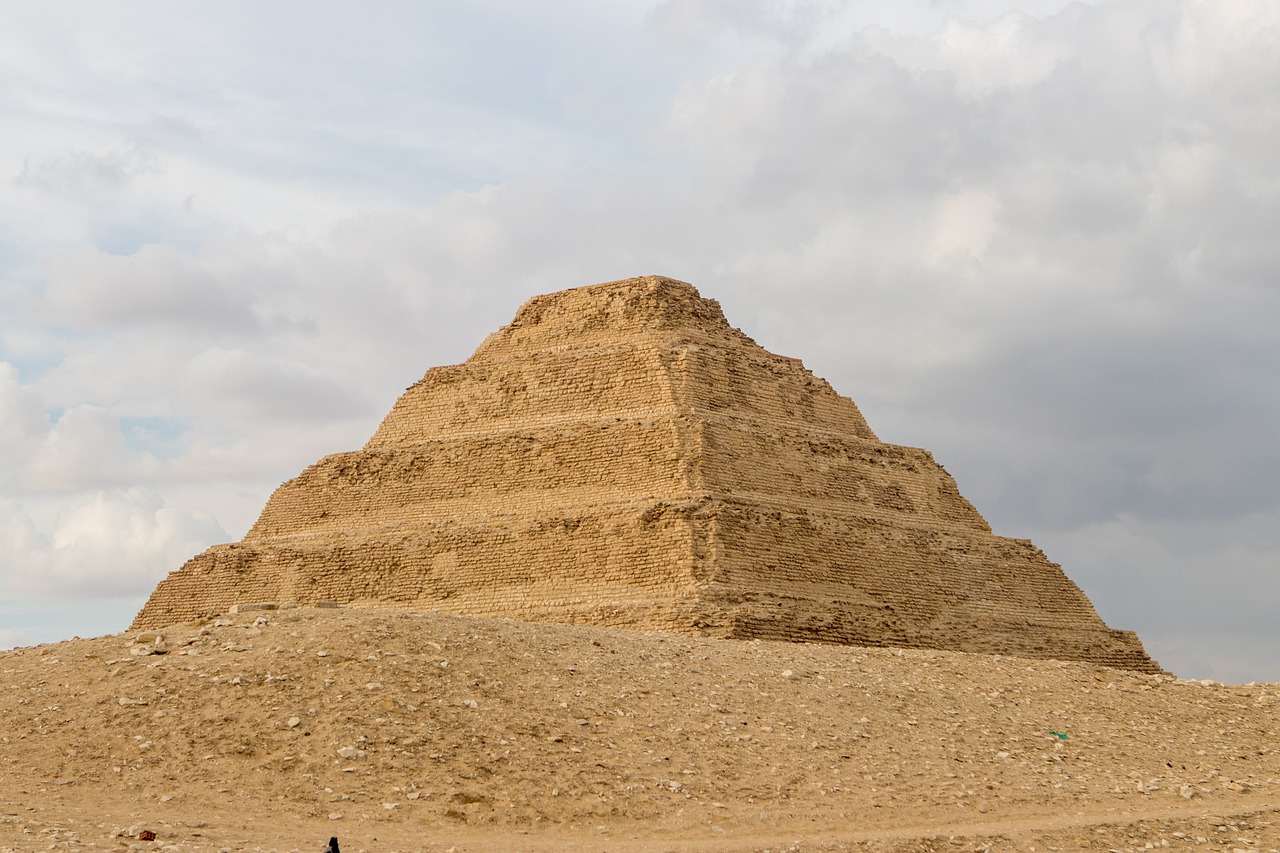
Legacy and Influence
Exploring the legacy and influence of ancient Egyptian hieroglyphs reveals a fascinating journey of how these intricate symbols have left an indelible mark on art, language, and culture. The enduring impact of hieroglyphs extends far beyond the ancient Egyptian civilization, resonating in modern times and influencing various aspects of our contemporary world.
One of the most remarkable aspects of the legacy of hieroglyphs is their profound influence on art and design. The intricate and visually striking nature of these symbols has inspired artists and designers for centuries, shaping the aesthetics of various artistic expressions. From intricate jewelry designs to elaborate architectural motifs, the influence of hieroglyphs can be seen in a myriad of creative endeavors.
Moreover, the impact of hieroglyphs on language and communication is undeniable. The intricate writing system of ancient Egyptian hieroglyphs has served as a precursor to modern typography, influencing the development of written language systems. The structural complexity and symbolic depth of hieroglyphs continue to captivate linguists and language enthusiasts, highlighting the enduring significance of these ancient symbols.
Furthermore, the fascination with ancient Egypt and hieroglyphs has permeated popular culture, shaping global perceptions and sparking interest in the mysteries of this ancient civilization. From blockbuster movies to fashion trends, the allure of hieroglyphs continues to captivate audiences worldwide, showcasing the enduring appeal and cultural impact of these enigmatic symbols.
In conclusion, the legacy and influence of ancient Egyptian hieroglyphs are profound and far-reaching, transcending time and geography to leave an indelible mark on art, language, and culture. The enduring fascination with hieroglyphs underscores their timeless appeal and symbolic richness, ensuring that these ancient symbols continue to inspire and captivate generations to come.

Modern Interpretations
Modern Interpretations of ancient Egyptian hieroglyphs continue to captivate and inspire individuals across various fields. Artists draw inspiration from the intricate symbols to create unique pieces of art that blend the ancient with the contemporary. Designers incorporate hieroglyphic motifs into fashion, jewelry, and interior decor, adding a touch of mystique and historical richness to modern aesthetics.
Moreover, scholars and researchers delve into the meanings and structures of hieroglyphs, uncovering new insights into the ancient Egyptian civilization and its writing system. The fascination with hieroglyphs extends beyond academia, influencing popular culture through movies, video games, and literature that feature these enigmatic symbols as key elements of storytelling and visual appeal.
Frequently Asked Questions
- What is the significance of hieroglyphs in ancient Egyptian culture?
Hieroglyphs were not just a form of writing but held deep religious and symbolic significance in ancient Egypt. They were used in religious texts, temple inscriptions, and funerary practices, believed to have magical powers in the afterlife.
- How were hieroglyphs deciphered?
The decipherment of hieroglyphs was a challenging task that was accomplished through the efforts of scholars like Jean-François Champollion. By comparing the Rosetta Stone inscriptions in three scripts, Champollion unlocked the key to understanding the meanings behind these intricate symbols.
- What is the legacy of hieroglyphs in modern times?
Despite being an ancient writing system, hieroglyphs continue to influence art, design, and culture today. They inspire contemporary artists, designers, and scholars, with modern interpretations seen in various forms of art, fashion, and popular culture.



















